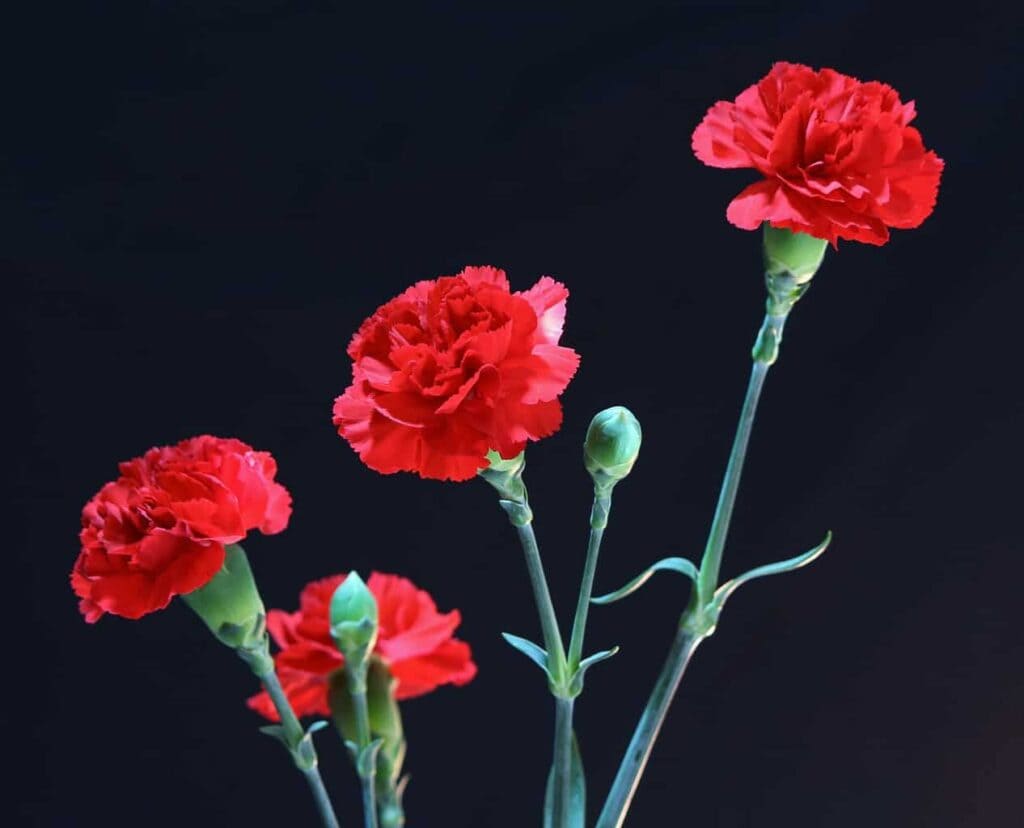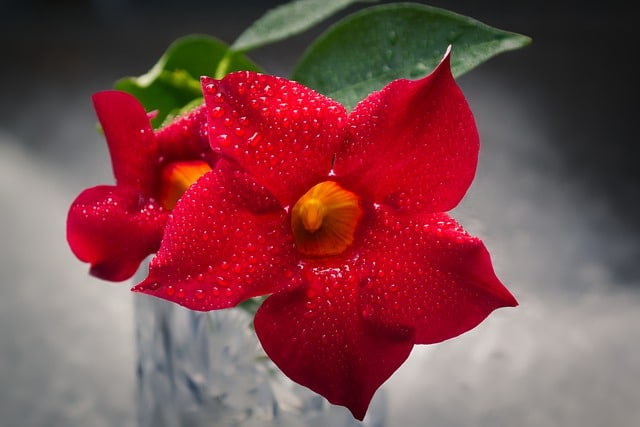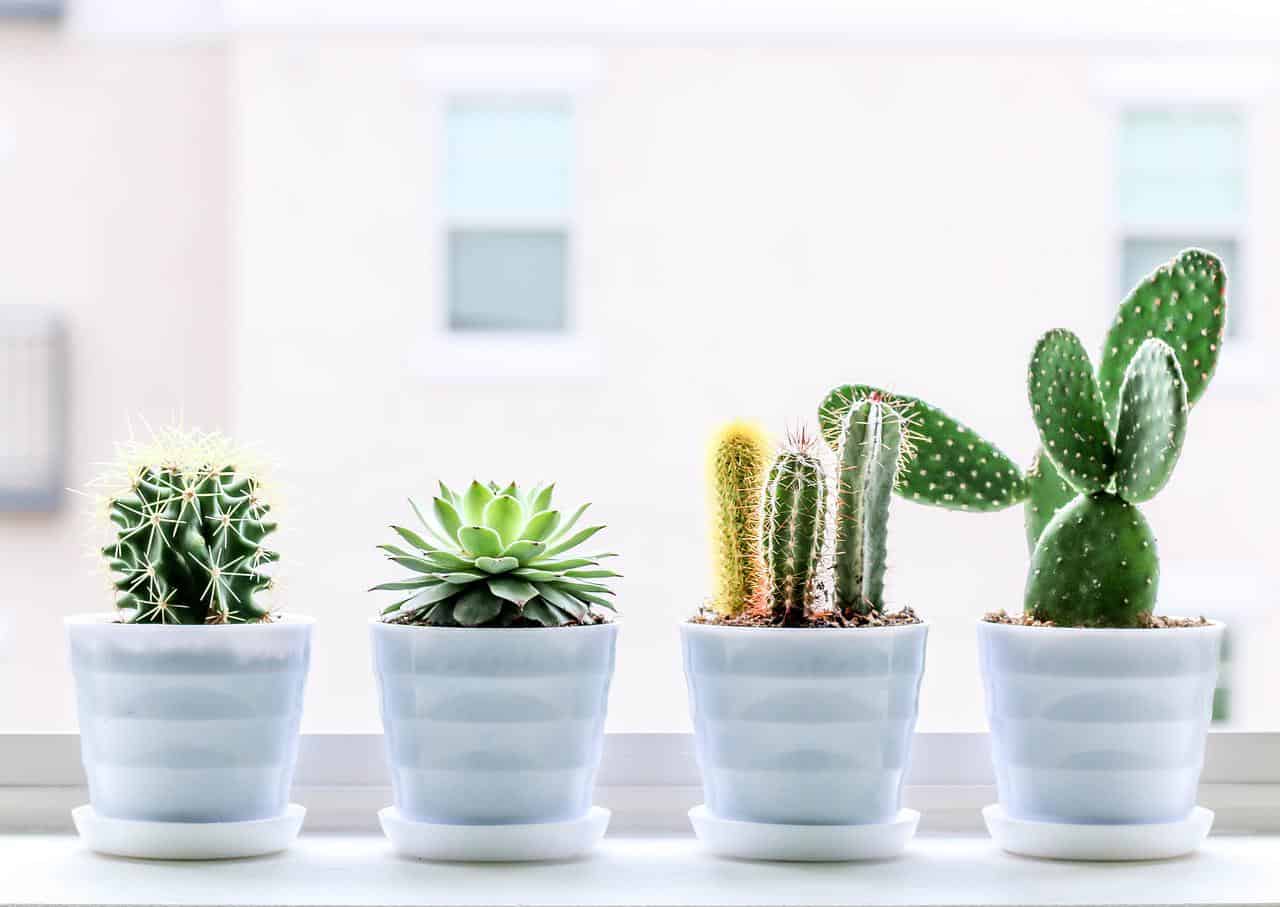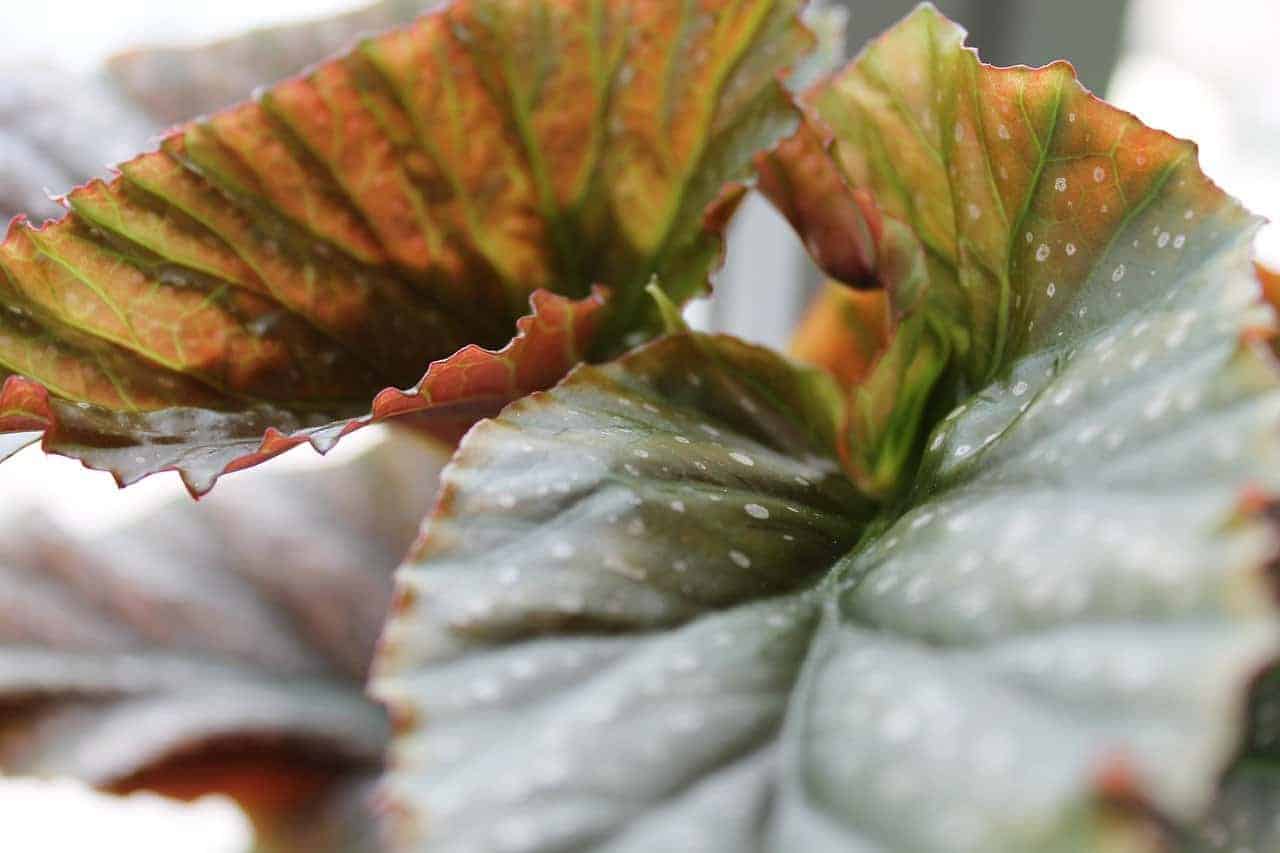What makes annual plants “annual” and perennial plants “perennial?” The answer lies in their distinct life cycles. “Life cycle” indicates the amount of time it takes a plant to evolve from seed and end up eventually bearing seeds of its own. Botanically talking, annual plants complete their life cycle in a single growing season (typically spring to fall).
Table of Content
What is the Difference Between Annuals and Perennials?
In the spring, you plant the seeds of last year’s flowers in the soil. New annual seedlings germinate. These bear flowers with proper care during the summer.
Towards the end of the growing season (late summer or early fall), the annual flowers yield seeds, indicating to the plants that their life cycle is finished. Having completed their reproductive goal, they will die as soon as the first hard frosts of autumn appear.
But in certain instances, if you perform deadheading on them during the summer to promote reblooming, you can get a lot of value out of them as fall flowers in the early part of the fall. Deadheading, you could say, tricks a plant to bloom a little longer than its expected life cycle might take.
Understanding annuals
Plants that bloom and expire in one season are annual—though some drop seeds produce new plants in the spring.[1] Annuals usually bloom all season before frost, so you get the consistent color and spectacular blossoms. These plants will go to the ground at any time, including in midsummer, to refresh your beds.
Their ultimate aim is to reproduce themselves (set seed), which is excellent news for landscapers since most annuals will bloom like crazy before their mission is fulfilled. And if you use deadheading methods to prevent seed forming, many annuals can boost their flower production and continue to flower profusely until the first frost comes. Although you’ll need to replant most of the annuals the following spring to get a repeat result, some of them will easily self-sow and return for a plus, such as sweet alyssum, bachelor’s button, and forget-me-nots.
Types of annuals
Not all of the annuals are similar. Usually, they are classified into the following three classes:
Hardy annuals
Hardy or cool-season annuals, like forget-me-not and larkspur, grow in the cool to mild temperatures of early spring and fall and can withstand exposure to slight frost without protection.
Tender annuals
Tender or warm-season annuals, like marigolds and petunias, are native to tropical or subtropical environments and need heat to grow and flourish, sometimes emerging poorly in cold temperatures. Therefore, it is wise to wait until late spring to introduce these plants to your flower beds or pots to ensure their survival.
Half-hardy annuals
Half-hardy annuals are the most popular and fall in the middle of the road. They withstand a wide range of temperatures, including cold weather at the beginning of the end of the growing season.
Why grow annuals?
- Growing annuals can be an excellent way to start gardening with new plants and color combinations without the long-term commitment.
- Annuals are ideal for seasonal filling in bare spots in existing gardens or refreshing pots.
- Add annuals to the vegetable garden for a splash of color, fill the gaps when early-season crops are harvested, and bring pollinators to increase edible crops’ yield.
- Annuals offer almost immediate gratification, ripening quicker than perennials or biennials, frequently bloom from planting time to frost, and beyond some circumstances.
- If you want to have a lot of flowers, the annuals are the solution. They put all their energies into producing flowers.
Understanding perennials
Perennials often come back for several seasons. Although the top portion of the perennial dies back in winter, new growth emerges from the same root system the following spring. As a result, many perennials have fewer showy flowers and bloom for a shorter time, typically two to six weeks. Perennials do their best when planted in autumn or spring, not later than six weeks before the ground freezes (about mid-November for most countries).
When grown under favorable conditions, perennials mostly live long lives, but do not expect they would last forever. Their life span is unpredictable, and some may only survive for three to five years. Perennials also differ significantly in terms of their care and management. Some may need to be pruned and separated regularly to preserve their vigor and keep them clean, while others are resilient and undemanding, seeming to survive on neglect.
Do not confuse perennials with biennials such as dianthus, foxglove, and hollyhock. These plants will take two years to complete their life cycle before they die. Typically biennials do not flower until their second year; however, some act like short-lived perennials and may bloom their first year when planted early enough in the spring.
Why grow perennials?
- Though perennials seem to cost more initially, they are an excellent long-term investment as they return year after year.
- Even perennials that do not have a long life cycle may also be propagated by division or resettlement to maintain their population.
- Most perennials need less water once grown, which can be of particular benefit to those who garden in drought-prone areas and want to reduce their water usage.
- Planting perennials native to your area provides the added advantage of providing a welcome environment for pollinators and local wildlife.
Read this next: Clove Pink Herb Plants
An easy way to differentiate annuals and perennials
Some people understand this difference but still have difficulty keeping the concepts clear. If you never seem to remember, use the following strategy as a guide:
The source of both the words “annual” and “perennial” (i.e., per-annual) is the Latin word for “year,” annus.[3] Therefore, annual species last for a part of a single year (even in their native climates).
Perennial species have even more: the “per” in their name. In Latin, the per-prefix refers to what comes after it. As a result, perennials will live different years as opposed to annual plants. Or think of it this way: they’re going to last longer.
Planting tips for annuals and perennials
Following are some tips for planting annuals and perennials. Follow them to establish a beautiful green garden.
Mix them up
Various plant species bring long-lasting beauty and flowering times and provide shelter for several different pollinators and other garden tourists.
Pick the right spot
Check the plant description before determining where you’re planting your new plants. In general, full sun is estimated six to eight hours a day. Part shade typically means three to six hours of daylight. Full shade is three to four hours a day. Although some plants withstand less-than-ideal environments, setting the plants up for failure makes no sense.
Give them some help
Water all plants thoroughly after planting, particularly during dry periods. Mulch to conserve the moisture and keep the weeds suppressed, which fight for nutrients and water. Feed with a general-purpose slow-release fertilizer. Follow the label, and don’t get wrong. Too much fertilizer may cause poor growth, prone to insects and pathogens.
Be patient
Most perennials are not likely to surprise you in the first season. “Crawl, walk, run” is the term you hear about perennials. They seem to poke in the first year and then grow more persuasively in the second, eventually beginning in the third developing season.
Do some maintenance
At the end of the season, clean the debris to ensure that pathogens and pests do not overwinter. Some perennials have to be divided every three to five years. If they’re getting too big for space, have a slight bloom, or stop flowering in the center of the clump, dig a piece off the edge and replant elsewhere in your garden. Try to do this early in the spring, but don’t stress if you have to split it later in the season. Many perennials are more challenging than you think they are.




